Music is a living cycle, a continuous heartbeat that never truly fades. Sounds we once left behind resurface when new generations stumble upon their spirit and make them their own. Vinyl records, old tapes, and algorithm-driven playlists have all helped forgotten sounds reemerge in fresh ways. Listeners crave the emotion, texture, and authenticity of earlier eras, sparking revivals that blend nostalgia with modern creativity. Across continents, what once felt outdated is finding new light. Here are twelve genres proving that the past still pulses strongly through the present.
1. City Pop
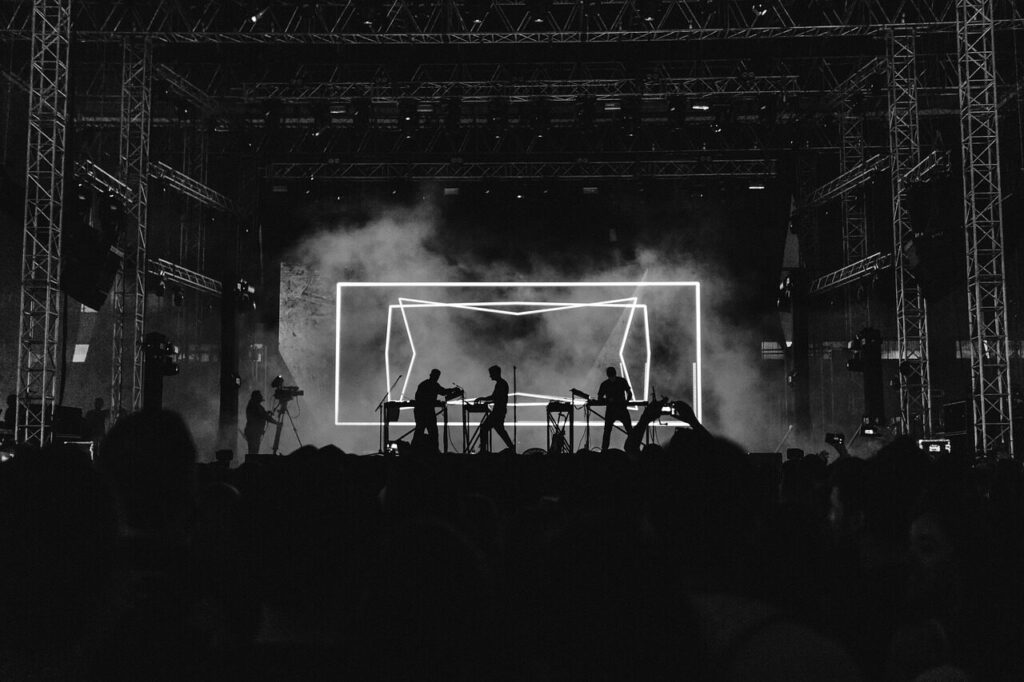
Born in late-1970s Japan, city pop was the soundtrack of optimism, sleek cars, neon skylines, and summer evenings under electric lights. It fused jazz, funk, and soft rock into a glossy reflection of modern urban life. Though it vanished by the mid-1990s, a new digital audience revived it decades later. Viral uploads and global curiosity turned forgotten vinyls into internet treasures. Young musicians now borrow its breezy grooves and colorful aesthetic, giving city pop a modern shimmer that bridges retro charm with contemporary energy.
2. Shoegaze
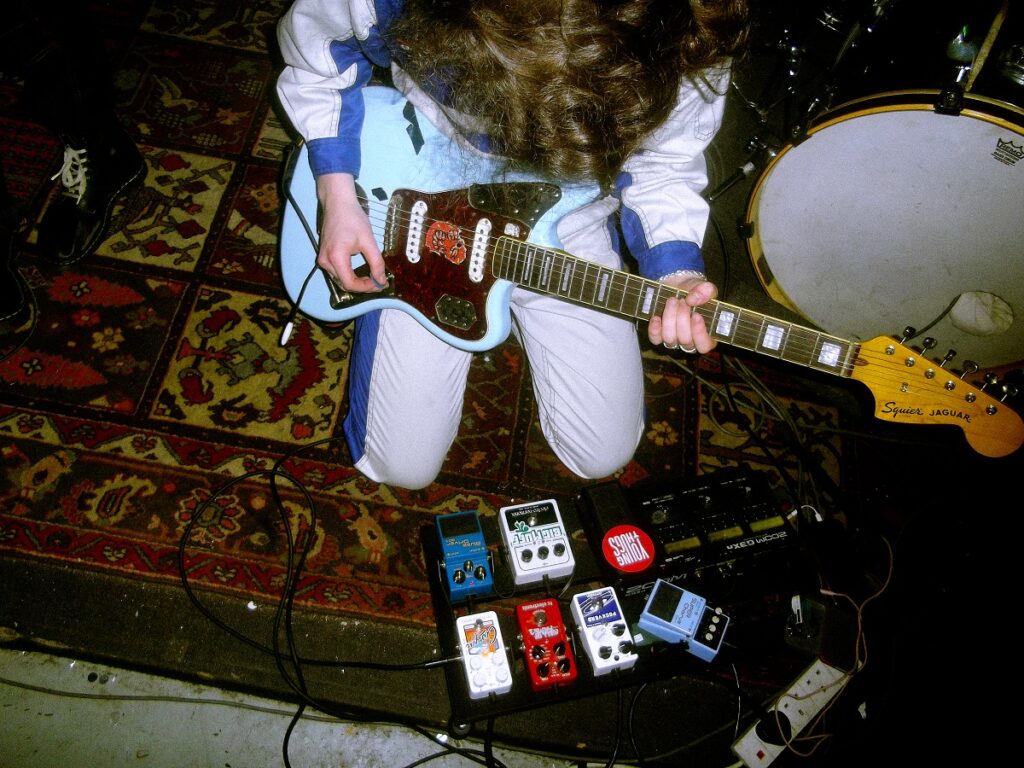
Shoegaze emerged from Britain’s late-1980s indie scene, known for cascading guitars, dreamy distortion, and distant vocals that melted into sound itself. Its hypnotic layers offered escape over clarity, a haze of emotion rather than definition. When grunge and Britpop dominated the ’90s, shoegaze receded underground, but not forever. A new generation rediscovered its atmosphere through streaming, reviving its swirling melancholy. Today’s artists mix vintage pedal effects with electronic influences, proving that introspection and noise can coexist beautifully in a modern soundscape.
3. Synth-Pop (’80s Style)
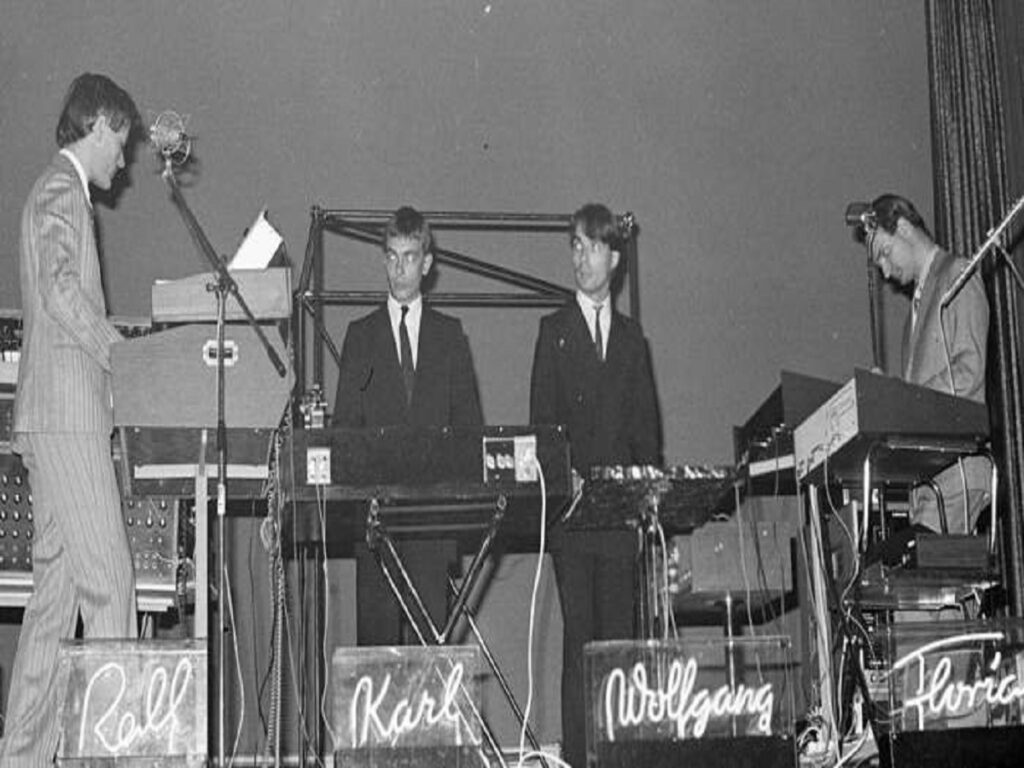
The 1980s glowed with synth-pop bright keyboards, drum machines, and optimistic hooks that defined an entire cultural moment. When the grunge wave hit in the early 1990s, its neon glitz dimmed, replaced by darker realism. Yet decades later, the shimmer returned. Retro soundtracks, film nostalgia, and online aesthetics reignited love for analog synth tones. Modern artists weave those nostalgic elements into polished pop structures, creating a fusion that’s both vintage and futuristic. Synth-pop’s revival proves that electronic emotion never truly goes out of style.
4. Disco and Funk Revival
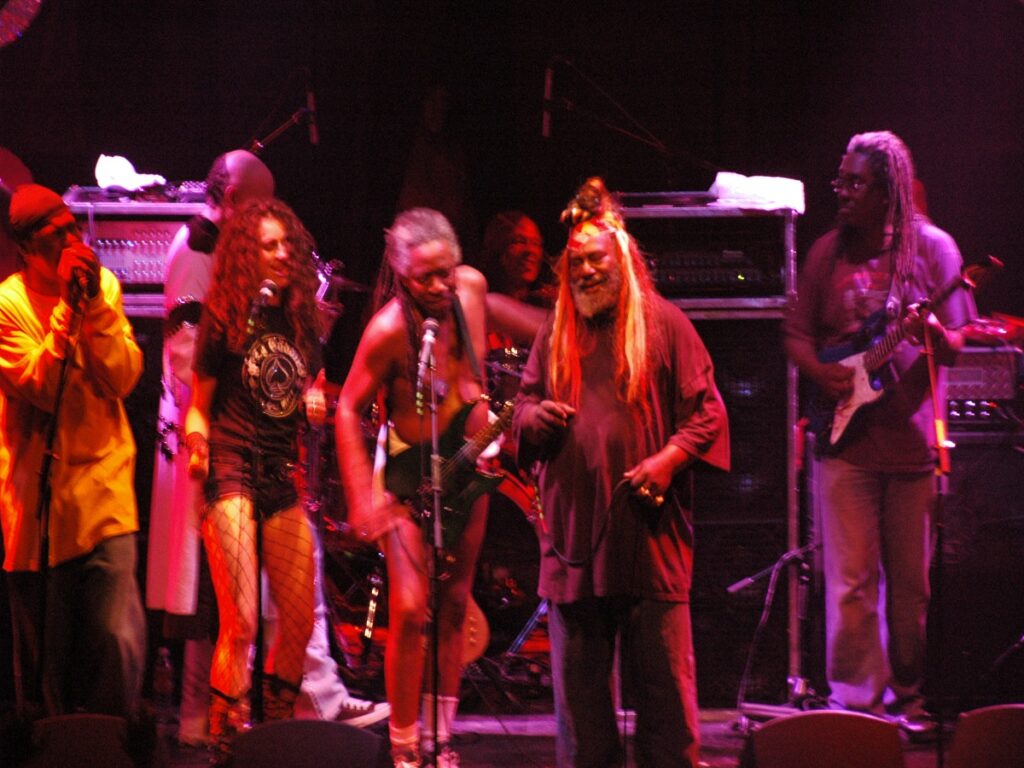
Once the heartbeat of the 1970s, disco and funk celebrated movement, groove, and joy. Their reign ended when changing tastes and backlash pushed them aside. Still, this infectious rhythm can’t stay quiet. Over the past decade, artists have reclaimed the glittering beats and basslines that make people dance without apology. Today’s funk revival blends live instrumentation with digital polish, while disco’s jubilant energy fuels chart-topping pop hits. These revivals show that humanity’s need for feel-good rhythm is as timeless as the beat itself.
5. Doo-Wop and Vocal Harmony
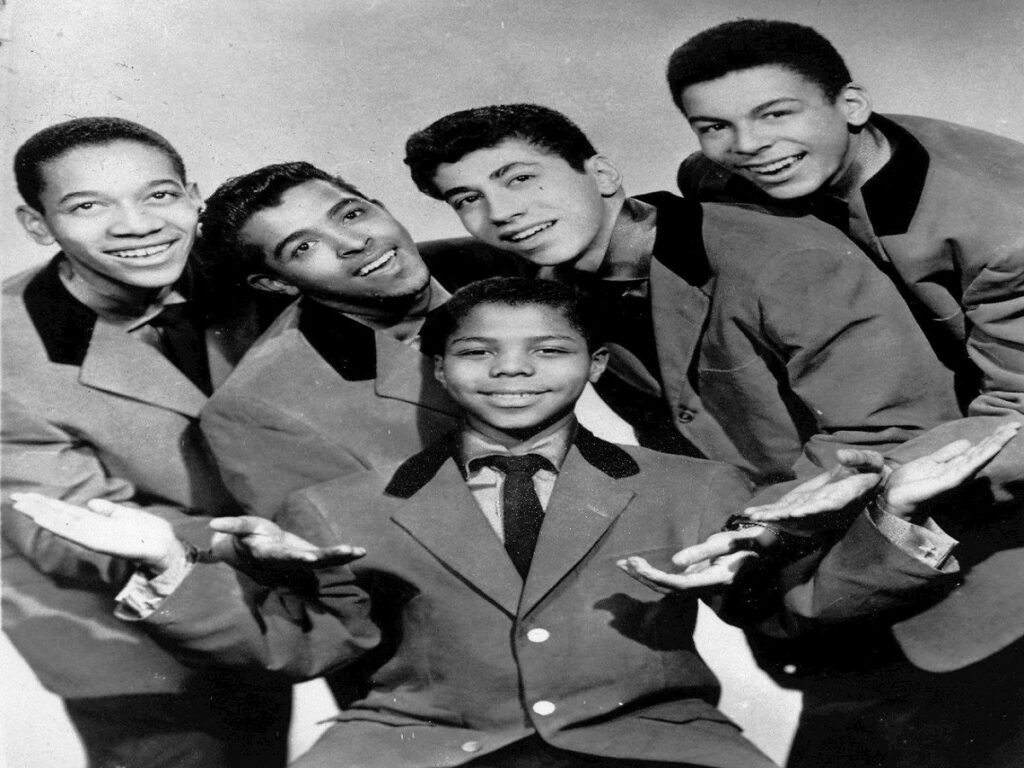
Doo-wop’s golden age of the 1950s delivered harmony-rich melodies and heartfelt simplicity. Rooted in community, it captured romance and innocence with just voices and minimal backing. When louder genres rose, doo-wop faded quietly into nostalgia. Yet modern singers are rediscovering its warmth, bringing vocal harmony back into R&B, indie, and even pop. There’s something grounding in its sincerity that, amidst digital perfection, the pure power of unfiltered voices still melts hearts and connects generations through shared simplicity and soul.
6. Folk and Americana
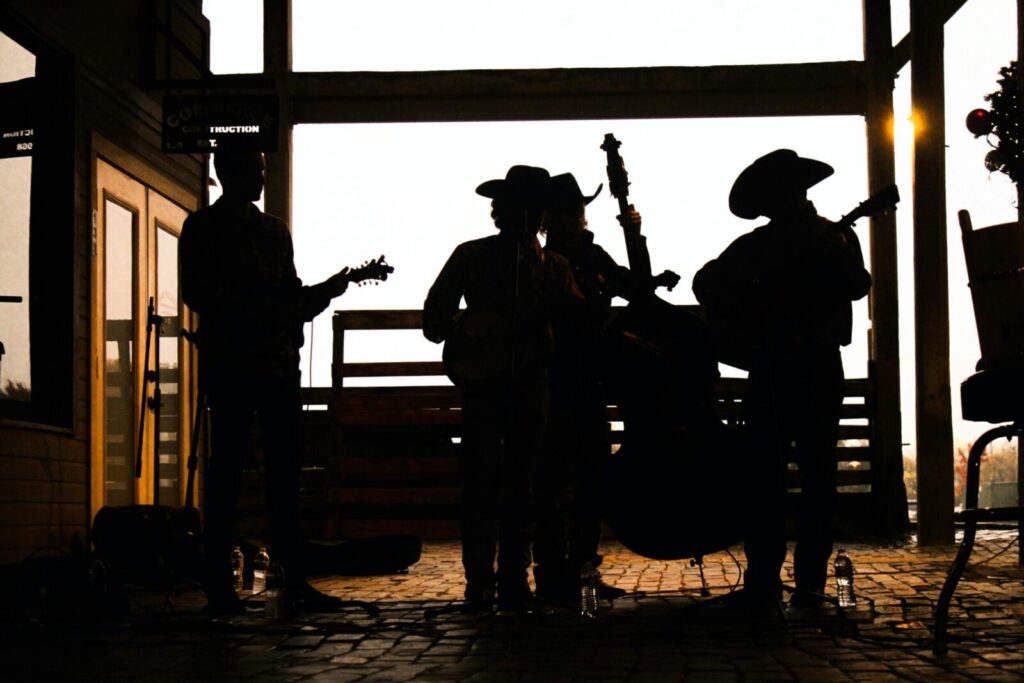
Folk and Americana music once told stories of the road, the land, and the people who lived close to both. It thrived on acoustic honesty before vanishing under waves of synthetic production. But when audiences began craving truth again, folk returned. Modern artists fuse rustic sounds with poetic introspection, giving it relevance in an age of noise. The pluck of a banjo, the tremor of a voice, these are human anchors reminding listeners that storytelling is music’s oldest, most enduring art form.
7. Jazz and Blues
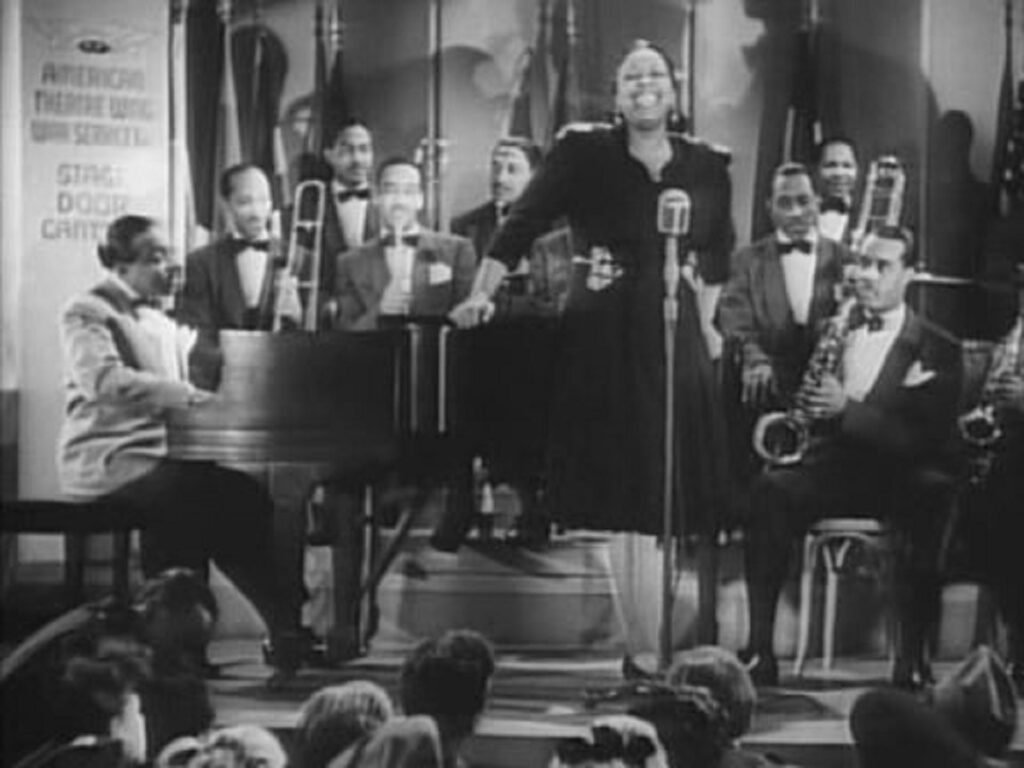
Jazz and blues formed the backbone of 20th-century music, influencing everything from rock to hip-hop. Their improvisation, emotion, and grit once ruled smoky clubs and street corners. As pop streamlined itself, both genres drifted into niche appreciation. Yet now, fresh voices are reimagining them, layering trumpets over beats, bending chords into modern grooves. The spirit of spontaneity has found a new stage, merging the raw heart of the past with today’s bold experimentation, ensuring jazz and blues keep evolving, not echoing.
8. Glam Metal and Classic Rock Revival
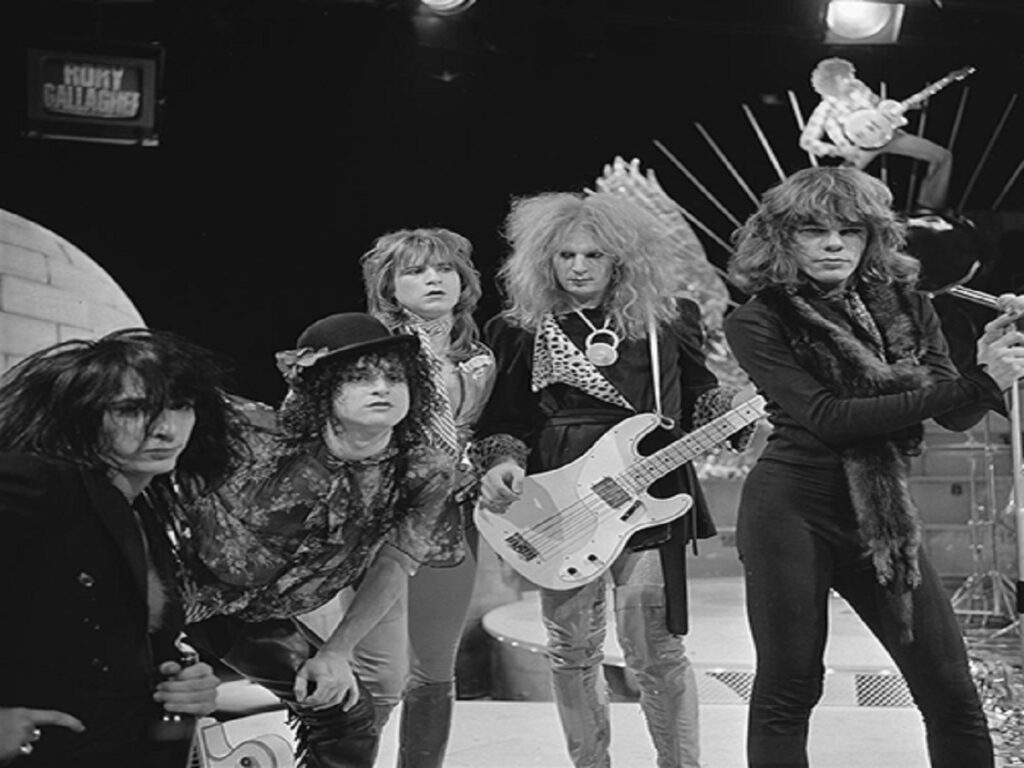
In the 1970s and ’80s, glam metal turned rock into spectacle, flamboyant fashion, big hair, and bigger solos. When the ’90s embraced grunge minimalism, its glitter faded fast. But nostalgia, fueled by documentaries and streaming, has brought the fire back. Younger bands now embrace guitar anthems and unapologetic showmanship, merging vintage swagger with modern precision. The return of classic rock isn’t irony, it’s rebellion against blandness. It reminds us that excess, when done with heart, can still electrify a crowd.
9. Drum and Bass / Jungle
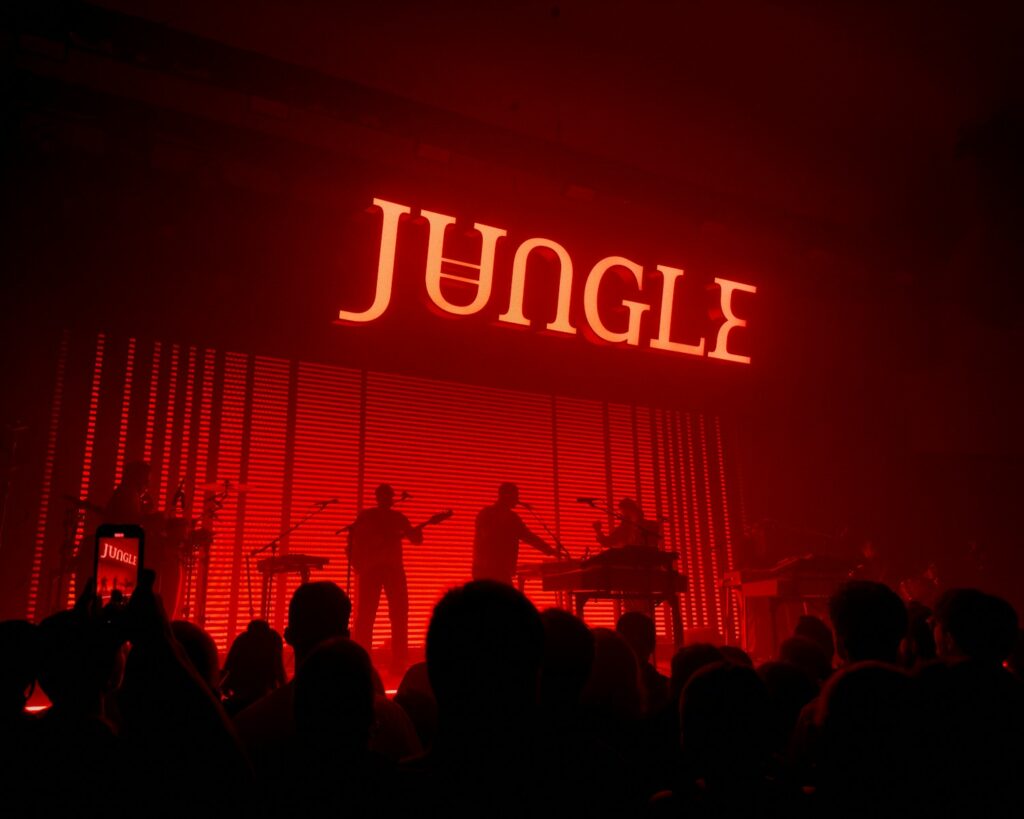
Exploding from the UK rave underground in the early 1990s, drum and bass merged frantic breakbeats with deep basslines and dub influences. It was music built for speed, sweat, and strobe lights. After years of dormancy, it’s making a fierce return, driven by a new generation of producers and festival scenes. The genre’s complexity and energy resonate in an era obsessed with rhythm. Modern DnB bridges nostalgia and innovation, reaffirming that the underground always finds its way back to the surface.
10. Italo Disco / Retro Electronic Dance
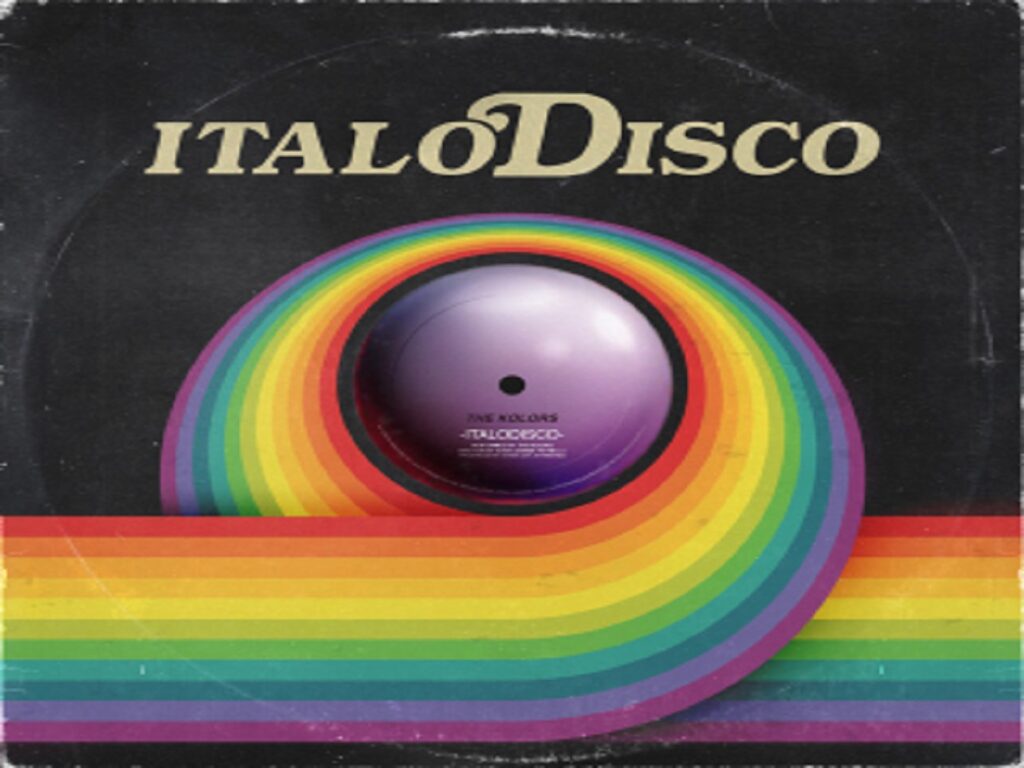
Italo disco captured Europe’s 1980s nightlife with glossy synths, robotic vocals, and glamorous melodrama. When house and techno rose, it nearly vanished. Yet its influence lived quietly in remixes and collector circles until streaming revived it. Young producers now sample old Italo tracks, combining them with sleek beats and modern sensibilities. The result is a revival that’s both campy and cool, turning dance floors into glowing time machines that celebrate the unapologetic joy of electronic excess and retro rhythm.
11. Trip-Hop
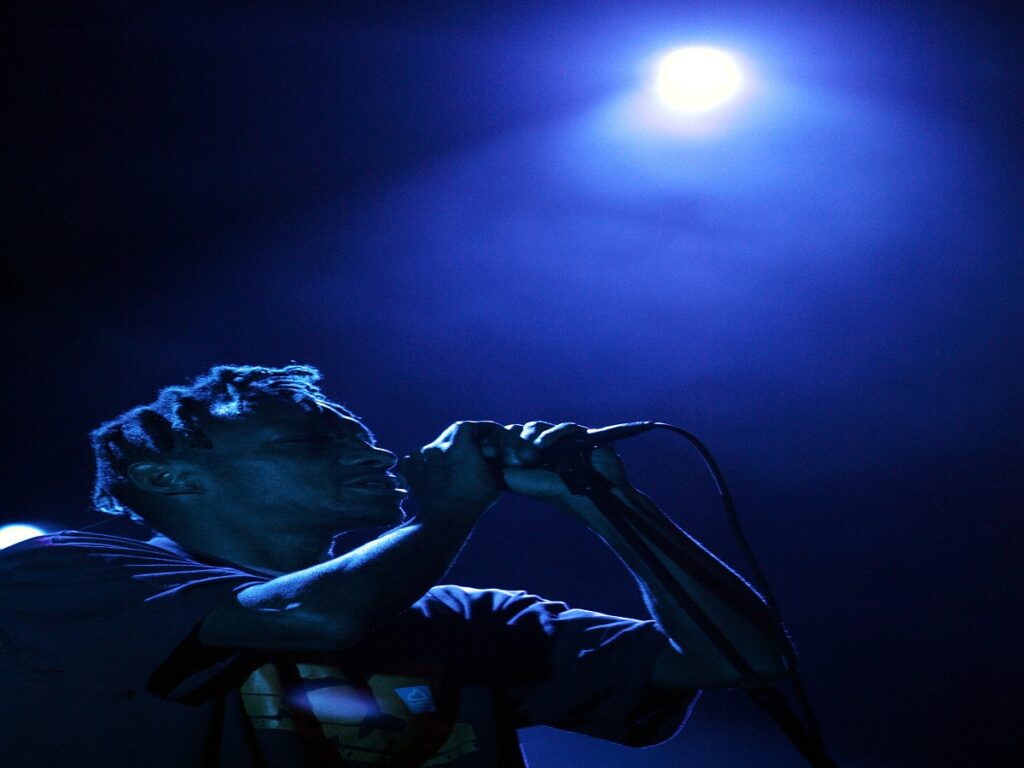
Trip-hop was the sound of smoky rooms and slow motion, a 1990s fusion of hip-hop beats, jazz samples, and moody introspection. Born in Bristol, it defined a cinematic atmosphere that later went quiet. But in recent years, artists have rediscovered its hypnotic calm, crafting layered soundscapes that reward patience and depth. Its return feels like resistance to fast-paced streaming culture, a quiet space amid chaos. Trip-hop’s revival proves that subtle emotion can still captivate without shouting for attention.
12. Neo-Soul
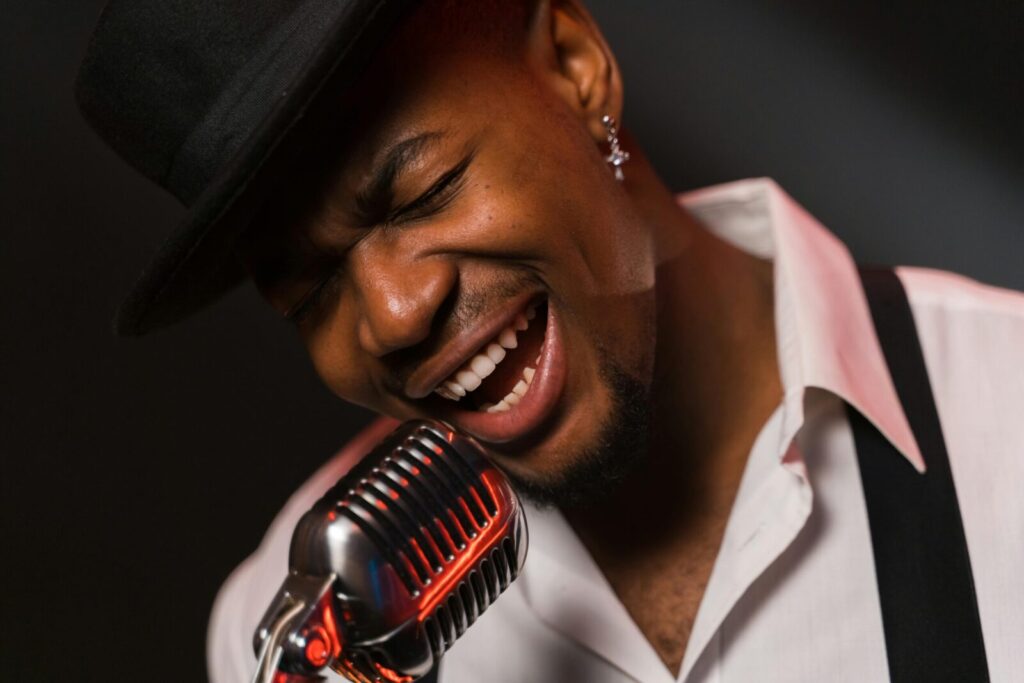
Neo-soul rose in the late 1990s, blending vintage soul’s sincerity with hip-hop’s groove and modern production. Artists like Erykah Badu and D’Angelo defined their golden era before the mainstream moved on. Today, neo-soul thrives again, carried by musicians who favor live bands, organic warmth, and emotional truth. Listeners crave connection over perfection, and neo-soul delivers that intimacy. Its rebirth feels like a homecoming for music that values feeling more than formula, human, heartfelt, and enduringly smooth.
Comments